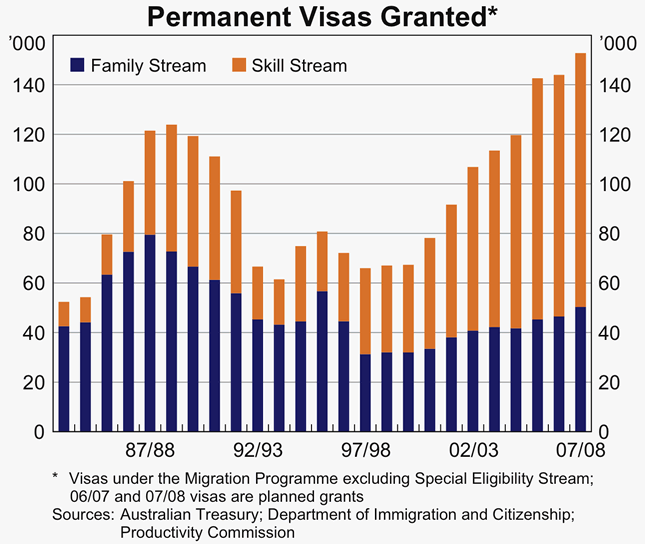Emili's algorithms and data sources are secret, but it appears to rely heavily on assessing the borrower more than the property, leading to reinforcing the borrower's happy state of mind regarding their own overvaluation of their property. As well as opening up the possibility of flawed assessments due to lack of visual confirmation by a human assessor.
Emili's inputs are going to cause a lag in valuations actually reflecting the declining market. Although it may not matter as OSFI has set its sights on its widespread use.
Early warning on Emili comes from a little known California insurer, First American Financial Corp, who in 2009 and 2010 wrote policies to Canada's largest banks to insure against inaccuracies in Emili. The insurer was forced to pay out 45 million when mortgages soured and the appraisals did indeed turn out to be inflated. First American immediately stopped writing policies.
You have to ask yourself, if the banks--who are heavily covered by CMHC both through insurance at mortgage issuance as well as at the portfolio level--went shopping for *more insurance*, did they know they were skirting the edge of the risk pool? Why would you pay for more insurance if you were following CMHC's rules? The only reason I can think of is bridge insurance to cover the time between default and CMHC cutting a check. But still, double dipping on insurance . . . worried much?
Although the issue has been kept out of the public eye, documents obtained by The Globe and Mail show that concern about inaccuracy, flawed data, and risk within the system [Emili] has spread to the highest echelons in Ottawa and in the banking industry. In the spring, the federal banking regulator, the Office of the Superintendent of Financial Institutions (OSFI), acted on alerts from industry insiders and ordered banks to stop relying so heavily on automated systems when approving mortgages.I seem to remember repeatedly hearing this myth (from everyone from ordinary Canadians to Mike Holmes) that the system was already rigorous. What happened with that?
The time had come, OSFI warned, for Canadian lenders to be more rigorous.
“When we are dealing with mortgage brokers, we hear it a lot: ‘Can I get more? Get me more,’ ” says Mr. Sieb, the B.C. appraiser. “We actually have a broker who will e-mail us and say, ‘I need $500,000 on this, what do you think?’ The appraiser might say, there’s no way in hell. Then the broker just hangs up and phones the next guy until he gets the answer he likes.”
When the Bank of Canada flagged consumer debt as the “biggest domestic risk” to the economy this year, it said the habit of consumers taking equity out of their home was at the heart of the problem, and noted that such growth appears to have occurred “in a context of underwriting standards that are less than optimal.”
In tandem with low interest rates, lax appraisal standards fuelled this stunning rise in borrowing. In the case of mortgage refinancings, it was simply a matter of the banks “pinging” Emili to see if a house could support a bigger loan – say an extra $50,000, or maybe $500,000.
At a time when the U.S. has introduced new regulation to reform appraisal practices that are believed to have contributed to its housing crisis, Canada has yet to act. The concerns about automated appraisals, contained in the documents obtained by The Globe, are only starting to come to the surface. Relying on any one system too heavily – whether human or computer – is what ultimately creates problems, observers say.I would say what creates problems is relying on a short term valuation for any property, i.e., recent comps. Long term, the valuation is far more reliant on what rent it can earn. The entire risk assessment system is narrow and flawed and therefore subject to the whims of recent market movement.
And CMHC officials say the system is designed to catch manipulation. “If lenders submit multiple purchase prices, this will raise a red flag in the system,” a spokeswoman said in an e-mail.
However, several banking industry insiders, speaking on condition of anonymity, told The Globe that commissioned staff within their ranks have been found gaming Emili in order to boost their bonuses.
OSFI’s request last March that lenders stop relying solely on automated valuations was the first hint of a problem with appraisals. The regulator ordered banks to conduct in-person appraisals or – at the very least – drive-by inspections to confirm basic details. In an interview with The Globe, OSFI superintendent Julie Dickson said the regulator grew concerned that some lenders weren’t “sticking to policies” on lending, particularly “in a market with froth.”
Finance Minister Jim Flaherty agreed. “Some financial institutions in Canada were accepting mortgages without proper due diligence,” Mr. Flaherty said in a recent interview.
What it means: The regulator is urging banks (federally regulated financial institutions, or FRFIs) to stop relying solely on computer models and databases to evaluate home values and loan risk, and to see the homes in person through on-site appraisals.All that aside, if you still think comps rule the day, then you will always have bubbles. By definition.
















